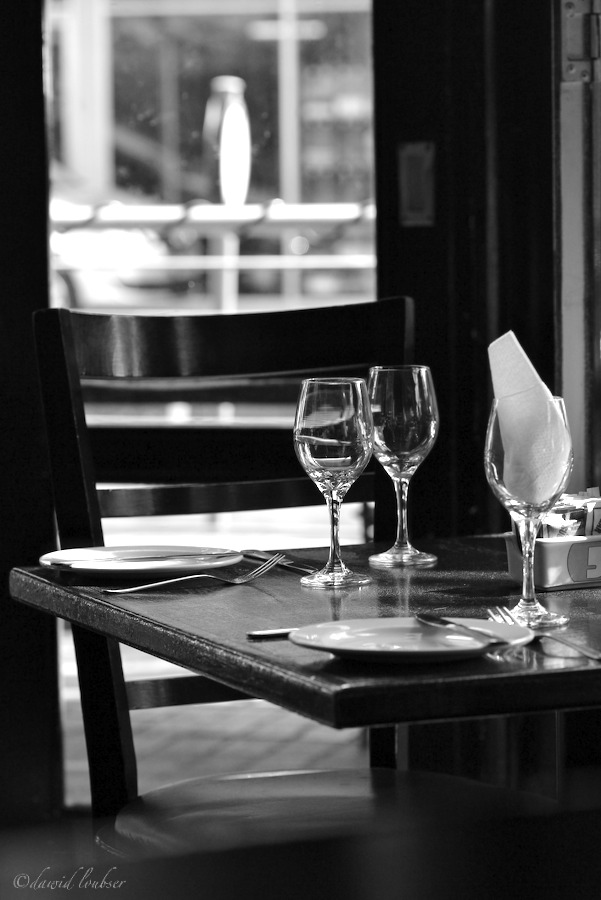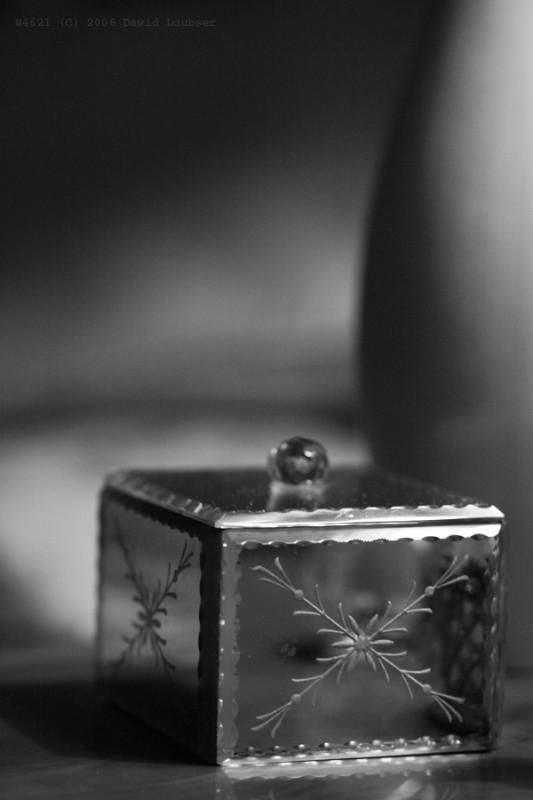I'll summarize in the interest of brevity...
Keep in mind I think these are generally subtle differences -- like comparing the strengths and weaknesses of neighboring vineyard's Merlots -- and as such, any of these traits can be "right" for any given artist's desired rendering. that said, I find lenses fall into a few main categories, I'll call them 1) sharp and brittle, 2) sharp and smooth, 3) high-contrast, 4) mildly sharp, 5) pleasantly soft and 5) just plain won't focus.
Given the above, I find many modern lenses fall into category 1 being almost so sharp they have a brittle appearance. While many definitely prefer this look, I find it a bit too "clinical" for my tastes. Rodenstock APO lenses and Schneider SSXL lenses tend to have this primary characteristic.
By contrast, I find many Schneider Symmars (APO and pre-APO) and Fujinon lenses to be smoother and not so harsh -- they fall into category 2. This is my personal target group.
Nikkor lenses vary in sharpness from super-sharp to normal, but almost all have very high contrast. Again, this adds a look that many prefer for their style, but for me it adds an edginess I don't find appealing. This would be an example of category 3.
Almost all of the classic older lenses fall into category 4 -- adequately sharp, with varying degrees of softness as aperture changes due to un-corrected optical aberrations. Many are unusably soft wide open yet become practically as sharp as any modern lens stopped down. Most have lower contrast as they are either un-coated or only single-coated. I would say omst Tessars, Dagors, Protars and Artars fall into this category, each with their own unique signature. Others will have a soft glow wider open with a partially-sharp image inside the halo. (Many tessars -- AKA heliars and xenars -- at wider apertures do this.)
Probably the best example of this trait is not a tessar, but the Cooke PS945 9-inch (229mm) Portrait lens -- probably the nicest lens I've ever shot with, but quite rare and a killer at $3800 or so if you can even find one to purchase... But a glorious rendering, offering ultra soft yet usable wide open, to crisply sharp when stopped down to f11. Plus all of the oof areas remain buttery-smooth at all apertures. It's real magic is it offers every option in-between those extremes at the intermediate apertures. A truly magical lens. Wollensak Veritar and Verito portrait lenses offer similar characteristics, but IMO the final rendering is not in the same league of elegance as the Cooke. Sink-strainer portrait lenses do not come close to the Cooke either. Finally, do not listen to anybody that says they can replicate this look with filters or in Photoshop -- the look this lens produces simply cannot be replicated as the effect varies as the distance from the focal plane in the image changes...
Category 5 is held by almost all of the antique lenses -- the old brassies and smaller barrel lenses that are finding their way back to popularity. I do not have broad personal experience with these, but from what I've seen, you cannot go wrong trying any of them as they are pretty cheap and each have their own unique look. Never crisply sharp by today's standards, but never ugly soft

Category 6 is basically what bargain, entry-level LF lenses offered -- nothing remarkable in this group, nothing super sharp, nothing elegantly soft, just basic functional performance. They'll make an image, but no hidden gems in this group that I know of.
Okay, I've bored you all enough!




